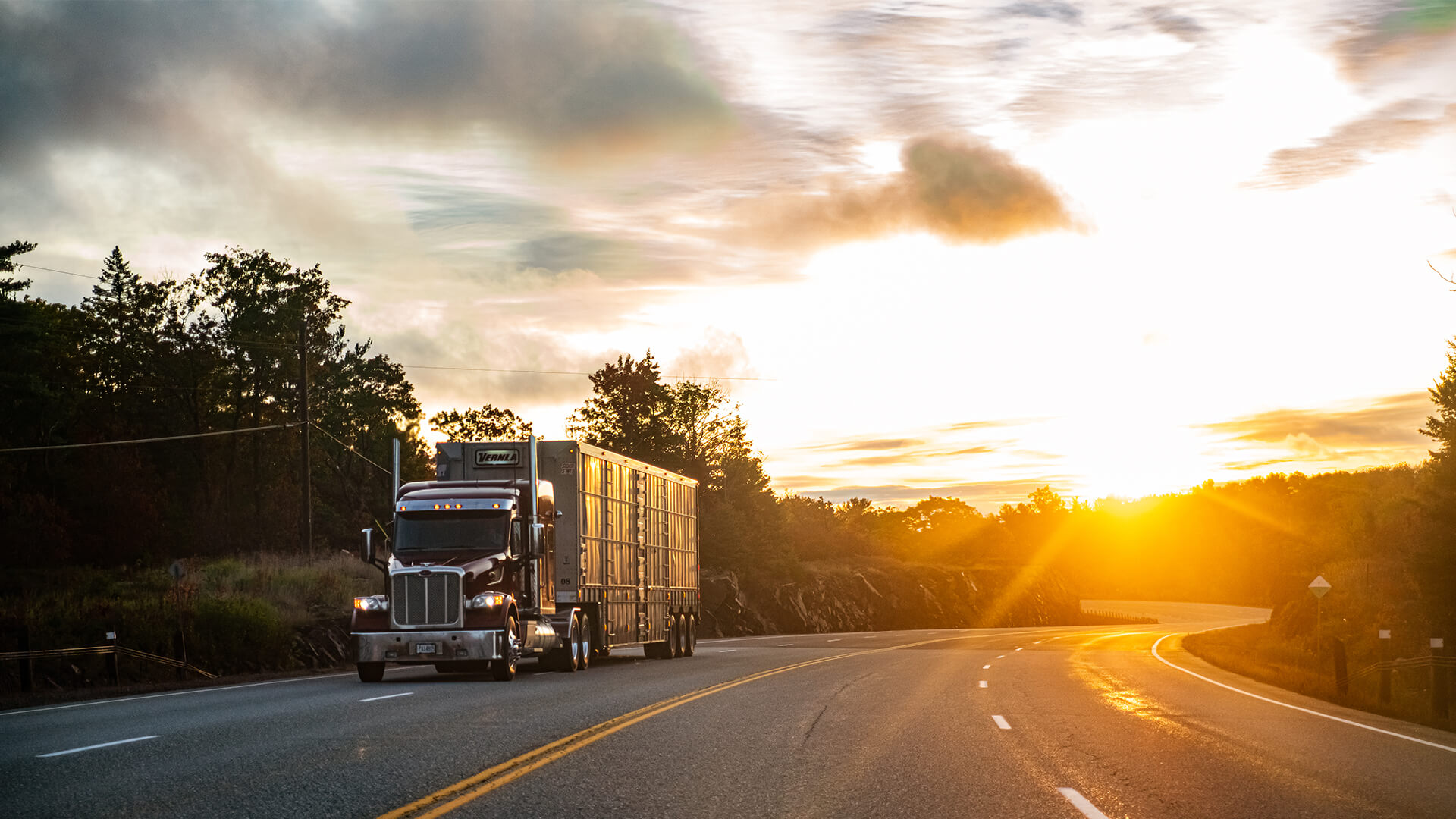
The Costs of Net Zero Driving: Are Canadians Along for the Ride?
This op-ed by Brett Goodwin was originally published in Environment Journal on May 2, 2022.
Canada has an ambitious emissions reduction agenda. Lowering greenhouse gas emissions (GHG) by 40-45 per cent relative to 2005 levels by 2030 means a reduction of 295-330 Mt CO2e in the next eight years. How do we get there?
Passenger transportation is critical to this plan. While heavy-duty freight and other transport sectors are undergoing transition as well, technologies for those segments are not advancing fast enough to deliver on the government’s timeline. The early heavy lifting is expected from passenger vehicles. Zero- and near-zero emission cars and light-trucks — primarily electric vehicles — are commercially available and backed by government incentives, investment, and subsidies. Electrification is a priority sector for policymakers to demonstrate near-term reductions.
The zero-emission vehicle (ZEV) mandate requires all passenger vehicles sold in Canada beyond 2035 to be ZEVs. It’s a decisive push policy, impacting industry production and consumer choice. It’s designed to work hand in hand with pull policies like subsidies and funding to support charging infrastructure that will accelerate ZEV adoption.
“It will be no small task. By 2030, more than two million passenger vehicles will be added to a stock of 27 million vehicles in Canada, according to Canada Energy Regulator. Most will be electric. That means constructing a new energy supply chain that supports urban driving and Canada’s vast rural and intercommunity road networks. ”
From now until the new mandate starts, lower emission liquid fuelled vehicles will also play a role. From the spring of 2022 through to 2030 the Canada Fuel Standard (CFS) requires aggregate emission intensity from liquid fuels to fall by 10 g CO2e/MJ, with annual limits imposed each year. This mandate will be met primarily by blending more biofuels like ethanol and biodiesel into conventional liquid fuels. Ethanol accounted for 6.5 per cent of conventional gasoline fuel at retail pumps in 2020. Satisfying the CFS requires increasing that rate to between 9-10 per cent by 2030. That equates to a lot of new near-term investment in production facilities, supply chain infrastructure to import fuel, and in adapting existing refineries, terminals, and fuel pumps.
Who pays?
Policies supporting these action pathways have real costs, with vehicle subsidies and the cost of new fuelling infrastructure being the most visible. Quebec and British Columbia offer direct subsidies of up to $3,000 and $8,000, respectively.
The federal government’s iZEV program offers up to an additional $5,000 to subsidize a ZEV purchase. The program provided a little over 40,000 rebates for eligible EVs from 2019-2021. Roulez vert — Quebec’s EV subsidy program — administered more than 47,000 rebates for new EVs over the same period. The total potential value of the rebates offered during this period amounts to $578 million.
Quebec residents may also receive up to $600 towards a 240-volt home charging station, multi-unit residences can receive up to $5,000 for eligible units. A separate federal program is directing over $500 million to create charging infrastructure.
The CFS requirements will demand an increase in ethanol production of between 62 and 92 per cent over 10 years. That translates to nearly $2 billion dollars of associated infrastructure costs. Going beyond the emissions reductions prescribed in the CFS will demand still greater investment.
Then there are the indirect costs faced by governments and consumers.
Governments collected over $20 billion in tax from the sale of fuel in 2019. Apart from funding general government activities, these revenues also sustain our roadways. As these funds decline, offsetting revenue streams must be identified. Governments rely on taxes to fund all these subsidies and investments and it’s the consumer who contributes those taxes directly or indirectly through the purchase of goods and services and employment.
Ideally, new policy will be tailored towards those who use roadways, like the fuel tax. But electricity is distributed on a public grid, the cost of which is spread across all rate payers, the driving and non-driving public. Are regulators and politicians addressing this transition challenge?
Are Canadians asking how these direct and indirect costs will impact their lives and behaviour?
The cost of deploying new technologies and new policies is always expensive. Estimates are that costs will easily reach into the tens of billion dollars by 2050. But 28 years for most consumers is a long time.
The time and money aspects of net zero policy are often abstract and remote for most Canadians. The question of how to get around each day is not. So, while we grumbled when drinking straws transitioned from plastic to paper, many of us may have our first true collision with climate policy the next time we purchase a vehicle.
As The Conference Board’s recent report — Fuelling 2050: The Road Forward — highlights, the transition to net-zero in 2050 is complex. It’s critical to not look at the passenger vehicle transition in isolation. It’s more than a switch from internal combustion vehicles to electric vehicles.
A focus on achievement requires more evidence in three keys areas:
- Market dynamics: Achieving a net-zero pathway means addressing absolute and abatement costs of competing technologies.
- Impacts of alternative fuels policies: A thorough understanding is needed of how carbon taxes, subsidies, clean fuel standards, offsets, policy, and environment, social, and governance (ESG) standards will affect Canada’s transportation transition and competitiveness.
- Behaviour and incentives: Behavioural adjustment is frequently about more than the availability of new technologies. Understanding the choices available, the impacts of policy on emissions-reduction behaviour, and how consumers make decisions remains critical to achieving Canada’s net-zero objectives.
Consumers aren’t asking enough questions about how they can be supported through this passenger vehicle transition. They should.





Comments